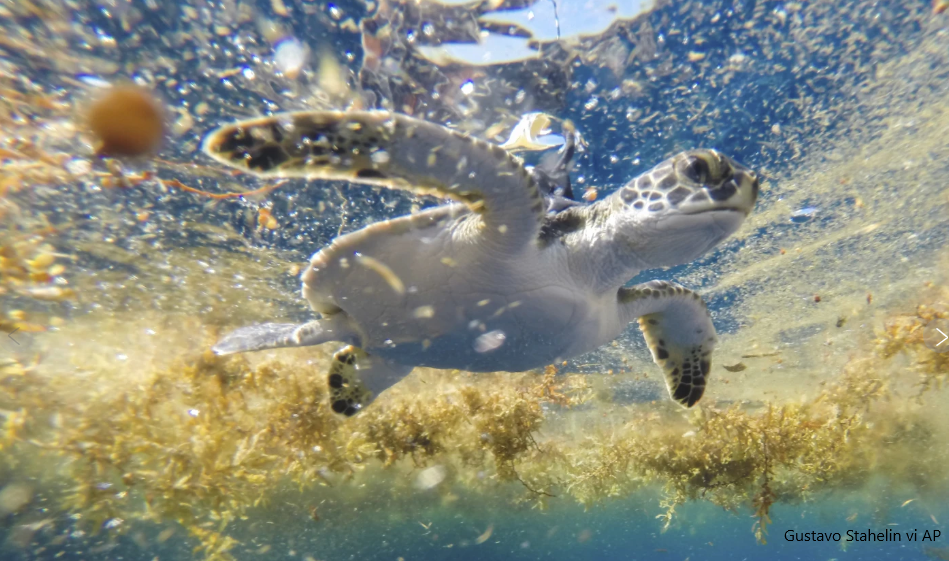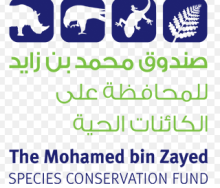
Using satellite trackers, scientists have discovered the whereabouts of young sea turtles during a key part of their lives. “We’ve had massive data gaps about the early baby to toddler life stages of sea turtles,” said Kate Mansfield, a marine scientist at the University of Central Florida. “This part of their long lives has been largely a mystery.”
For decades, scientists have wondered about what happens during the so-called lost years between when tiny hatchlings leave the beach and when they return to coastlines nearly grown — a span of about one to 10 years. New research published Tuesday begins to fill in that gap.
For over a decade, Mansfield and colleagues attached GPS tags to the fast-growing shells of young wild turtles. Steering small boats, they looked for young turtles drifting among algae in the Gulf of Mexico, eventually tagging 114 animals – including endangered green turtles, loggerheads, hawksbills and Kemp’s ridleys.









